Reviewed by Corey Noles
Sound familiar? You're typing away on your Apple Vision Pro, completely absorbed in your virtual workspace, when your colleague calls your name from across the room. But instead of missing it entirely, your AirPods deliver a subtle vibration that naturally guides your attention toward their voice. No visual interruption, no audio ping—just a gentle haptic tap that feels as natural as a friend tapping your shoulder.
What you need to know:
Apple's latest patent describes directional haptic feedback for AirPods that could work seamlessly with Vision Pro
The technology uses arrays of haptic actuators to create sensations that guide your attention in specific directions
This isn't just about notifications—it's about creating intuitive spatial awareness in virtual environments
The timing isn't coincidental. As Apple doubles down on spatial computing with Vision Pro, they're solving one of mixed reality's biggest challenges: keeping users connected to both virtual and physical worlds without overwhelming them. Research shows that haptic feedback can be "at least as important as visual feedback for the sense of presence, and in some cases even more important." Here's why that matters for your next headset upgrade.
How your AirPods could become directional guides
Let's break it down: Apple's patent describes head-mounted electronic systems that use "an array of haptic actuators configured to produce a directional haptic output that is configured to direct the wearer's attention along a direction." Think of it as your AirPods learning to tap you on the shoulder—but with surgical precision about which direction deserves your attention.
The magic happens through what Apple calls "haptic actuators in contact with various locations on a wearer's head" that can be "actuated in a pattern that produces a sensation having a distinct directional component." Translation: different parts of your AirPods could vibrate in sequence, creating a sensation that naturally pulls your attention left, right, or behind you.
Picture this: you're working in a virtual conference room when a new participant joins from your left side. Instead of a generic notification sound, you feel a gentle "wave" of haptic feedback flowing from your right ear to your left, intuitively directing your attention toward the new voice. Your brain processes this as naturally as hearing footsteps approaching from behind—no cognitive translation required.
Here's the kicker: this isn't just about getting your attention. Studies demonstrate that "haptic feedback greatly improves user engagement with wearable technology" and can "lessen the cognitive load" when multitasking. Instead of your Vision Pro constantly competing for visual real estate with notifications and alerts, your AirPods handle the subtle stuff through touch.
PRO TIP: Current AirPods Pro already use haptic feedback for controls—those subtle clicks when you squeeze the stem. After testing this daily for months, I've noticed how naturally my brain processes these tactile cues compared to audio alerts. Apple's patent suggests scaling this concept dramatically.
Why typing in VR suddenly makes perfect sense
Remember struggling with virtual keyboards? Your hands hovering in mid-air, constantly glancing down to make sure you're hitting the right keys? Apple's haptic patent could eliminate this frustration entirely, though the path isn't obvious at first glance.
Recent research on "postural reinforcement haptics for mid-air typing using squeeze actuation on the wrist" found that haptic feedback "significantly benefit typing by reducing the visual attention on the keyboard by up to 44%." But here's where it gets interesting—that study focused on wrist-based haptics. Apple's innovation moves this feedback to your head, creating entirely different possibilities.
Unlike wrist-based systems that provide positional feedback about where your hands are, head-mounted directional haptics could guide your attention toward proper typing posture without breaking your focus on the content you're creating. Imagine your AirPods delivering a subtle directional nudge when your typing posture drifts, or providing spatial confirmation when you nail a difficult key combination—all without requiring you to look away from your work.
The technical implementation involves "a sensor system configured to determine an orientation of a wearer's head" combined with "a processor configured to determine an actuation pattern for the haptic output system." Building on this foundation, the system creates contextual awareness that adapts based on whether you're focused on virtual content, glancing toward a physical keyboard, or maintaining ideal typing posture.
Apple's existing patents already cover textured surfaces on AirPods that respond to directional swipes—imagine combining that with Vision Pro's hand tracking for unprecedented input precision.
The accessibility breakthrough hiding in plain sight
Here's where this gets genuinely exciting: nearly 20% of the world's population—more than 1.5 billion people—have some form of hearing loss. Traditional VR experiences rely heavily on visual and auditory cues, leaving huge gaps for users with sensory impairments.
Directional haptic feedback transforms this landscape entirely. Beyond addressing hearing impairments, the technology enables entirely new interaction paradigms. While simple notifications represent the entry point, the real breakthrough lies in continuous environmental awareness—imagine your AirPods providing subtle directional guidance during navigation, or offering spatial cues during video conferences that help you track multiple speakers naturally.
Apple notes that these innovations "can have unique and advantageous accessibility implications for providing altered or enhanced audio experiences to those with hearing impairments or other hearing disabilities." But the implications extend far beyond traditional accessibility features.
Picture a user navigating a virtual museum exhibit who receives directional haptic cues pointing toward interactive elements they might otherwise miss, or someone in a video conference who feels subtle spatial orientation help them distinguish between multiple speakers without relying solely on audio spatial cues. Research shows that "haptic feedback can be highly beneficial in both increasing the accessibility of existing applications for people with impaired vision and hearing, and in enabling the creation of new applications specifically designed for them."
PRO TIP: After using Vision Pro's current accessibility features extensively, I've noticed how often audio and visual cues compete for attention. Dedicated haptic channels could reduce this sensory competition significantly.
Where this tech collision leads next
Let's be honest about the timeline: this is patent territory, not shipping-next-quarter reality. But Apple's hardware development cycles suggest the pieces are aligning faster than you might expect. Having tested Vision Pro extensively over the past year, it's clear the spatial audio foundation is already remarkably sophisticated—adding haptic feedback seems like a natural next step rather than a complete technical overhaul.
Based on Apple's typical development patterns, I'd expect to see basic directional haptic features in AirPods before they appear in more complex form factors. The technology could roll out through incremental iOS updates once the hardware supports it, similar to how spatial audio evolved from simple stereo separation to the remarkably complex positional tracking it offers today.
Apple's recent patents suggest they're thinking bigger than just headphone controls—imagine AirPods cases with touch displays that complement your Vision Pro interface, creating a complete ecosystem of haptic, visual, and spatial feedback that works together seamlessly.
The bigger picture? We're looking at the next evolution of human-computer interaction. Studies consistently show that "haptic feedback enhances realism, modulates emotional responses, and influences behaviors such as compliance, decision-making, and social interaction in VR." Apple's implementation could make spatial computing feel as natural as turning your head toward a friend's voice in a crowded room.
Your next AirPods might not just play music—they could become your most intuitive guide through virtual worlds, keeping you grounded in physical reality while enhancing digital experiences. Cool, but will it be $200-upgrade-cool? That's the billion-dollar question Apple's betting you'll answer with your wallet.





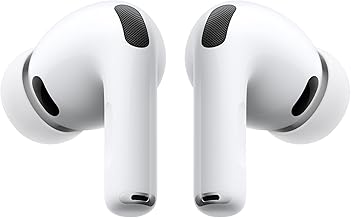
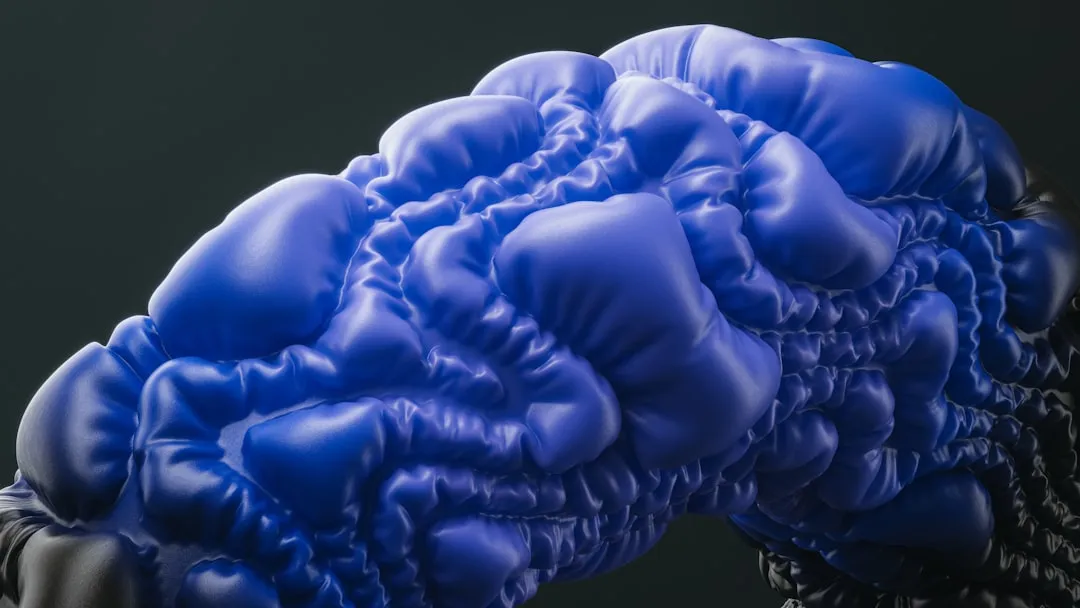
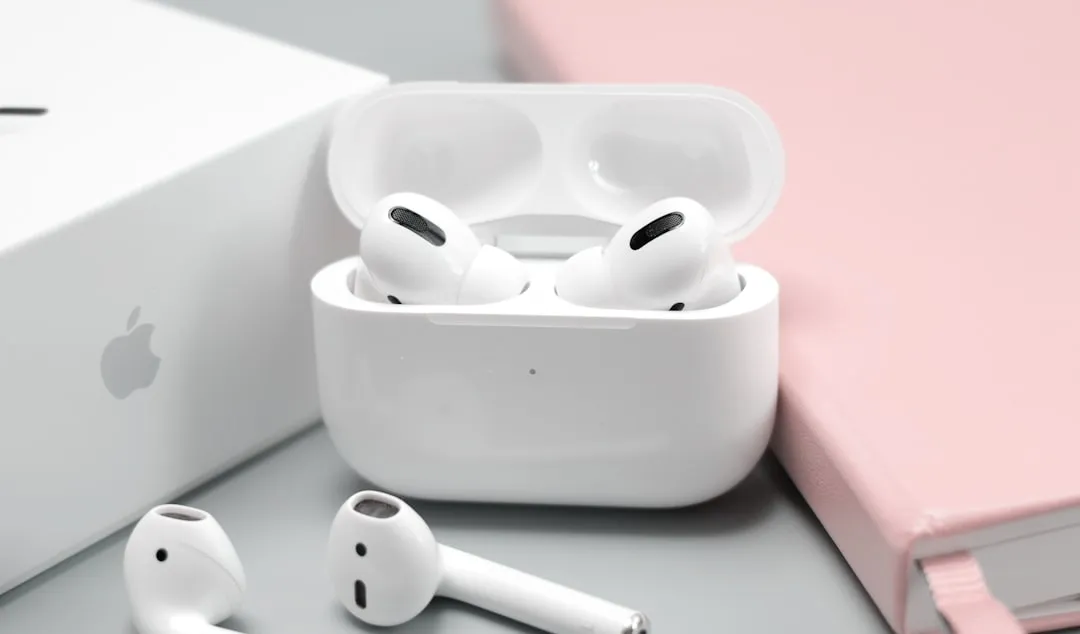
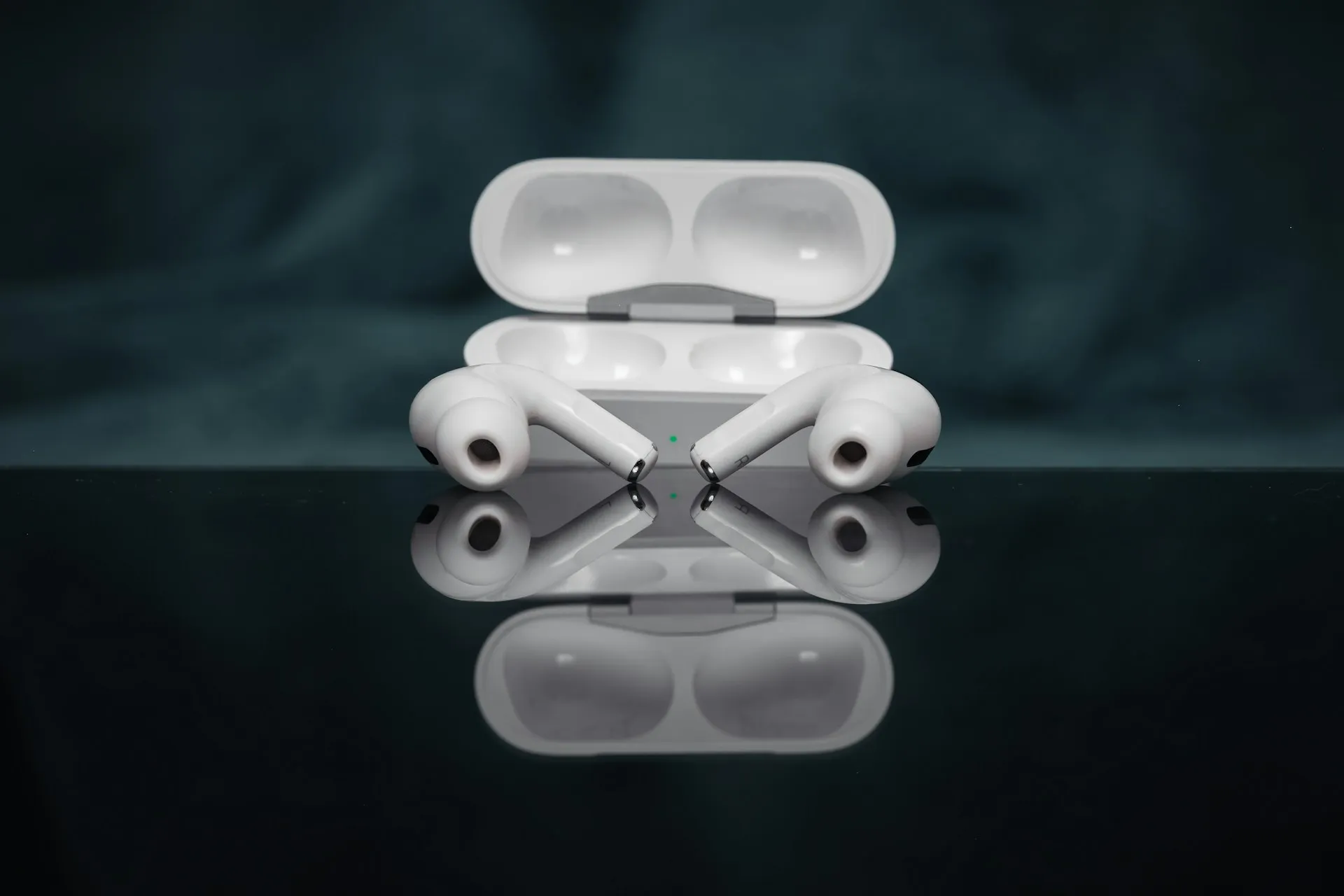
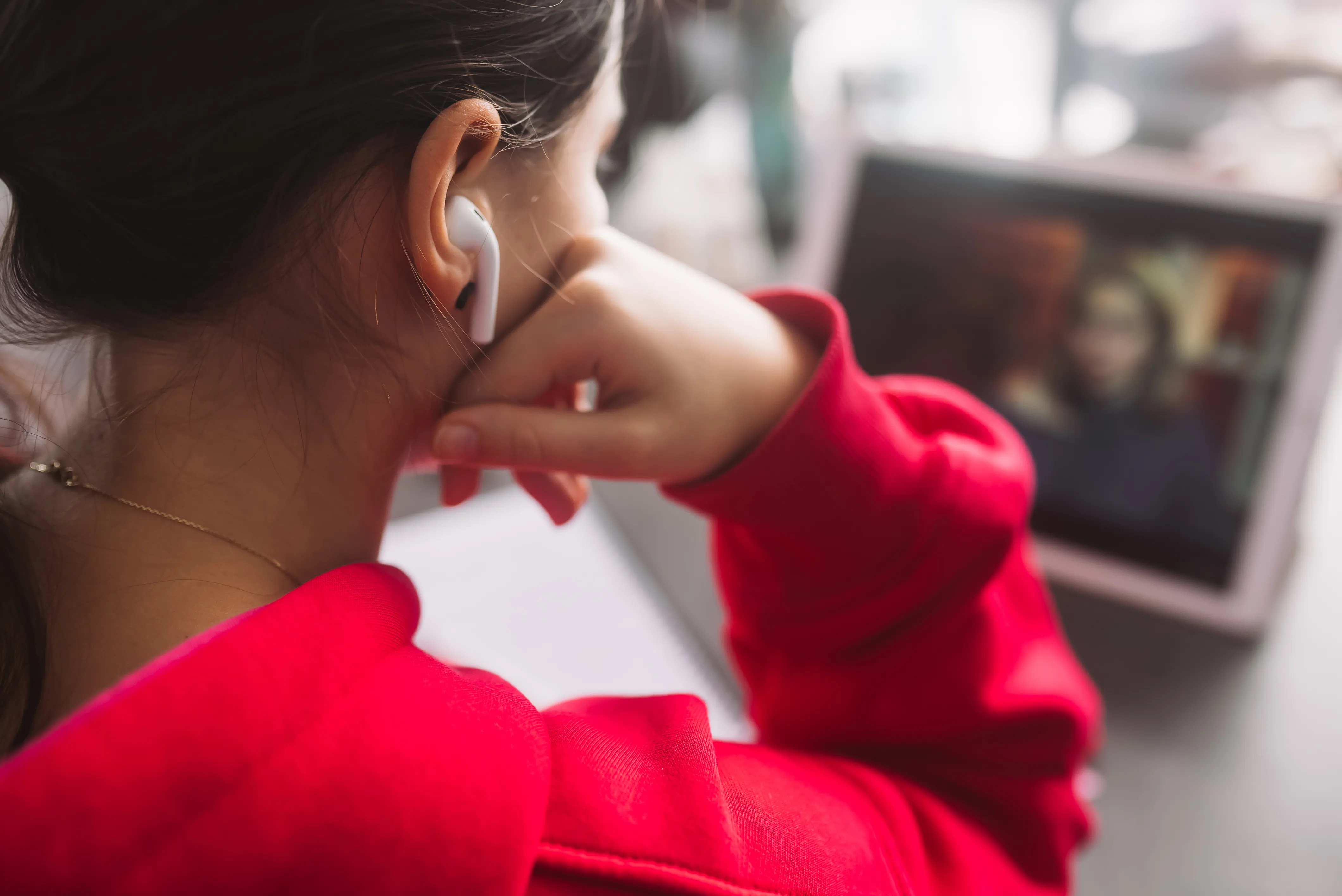
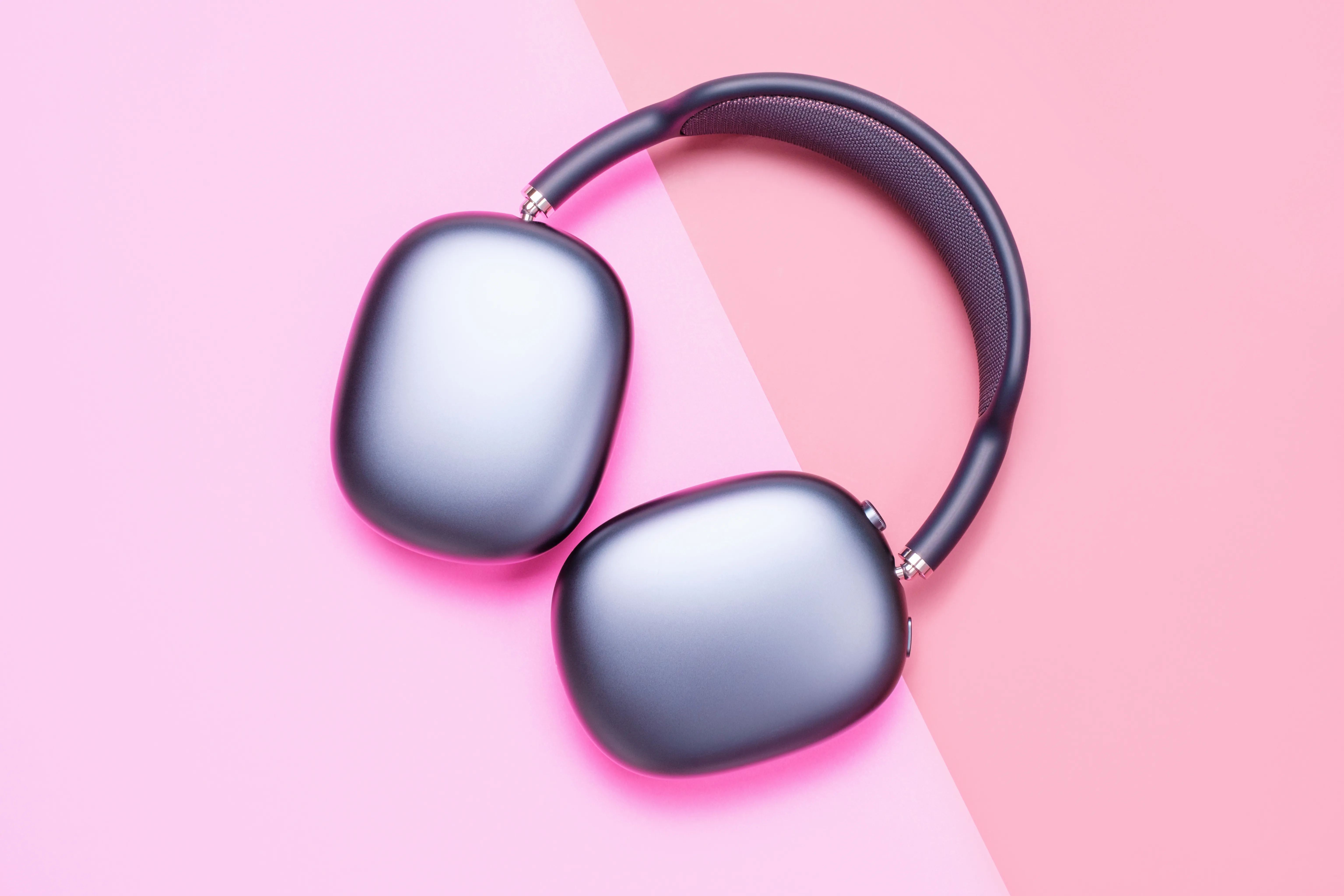
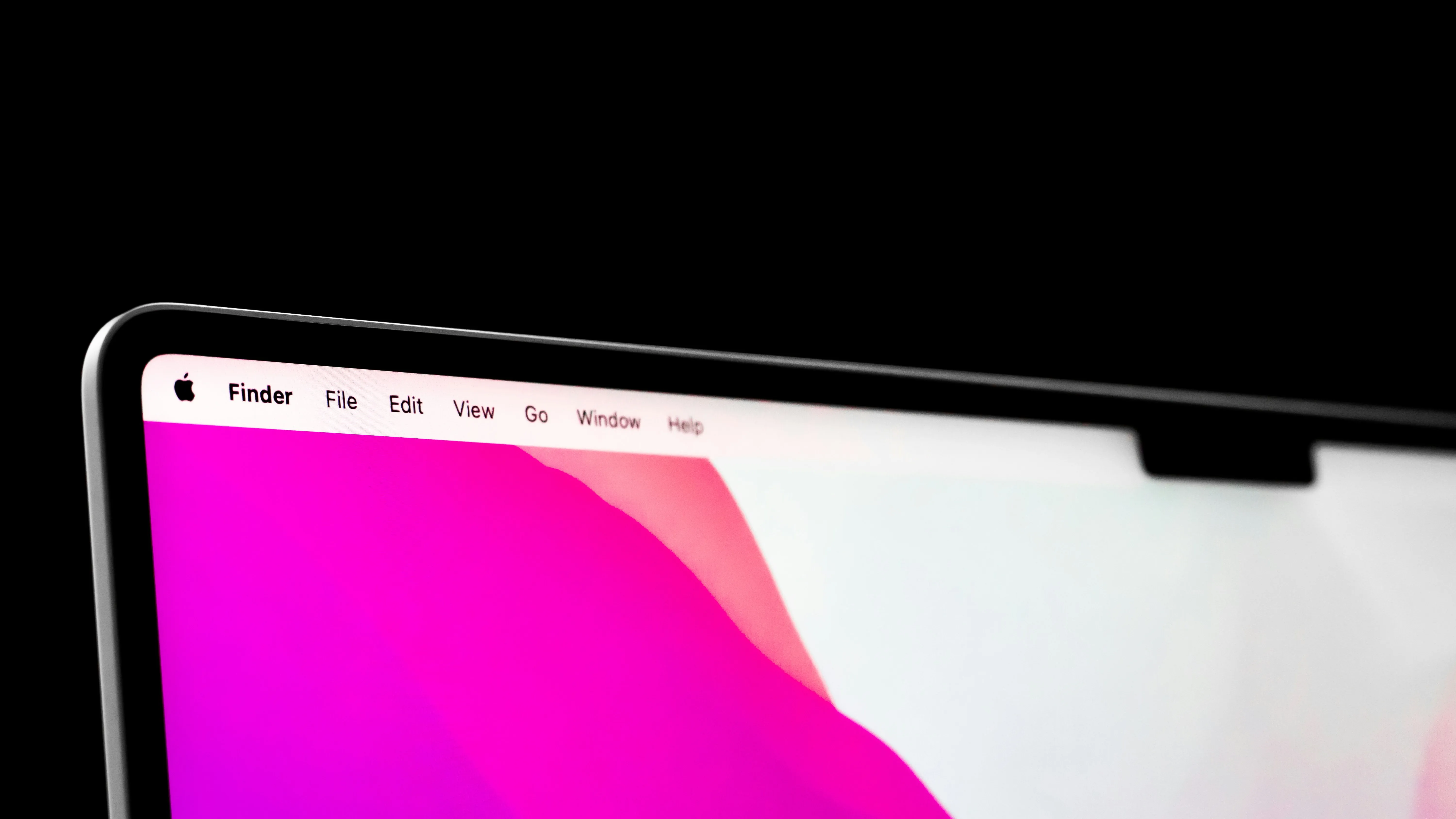
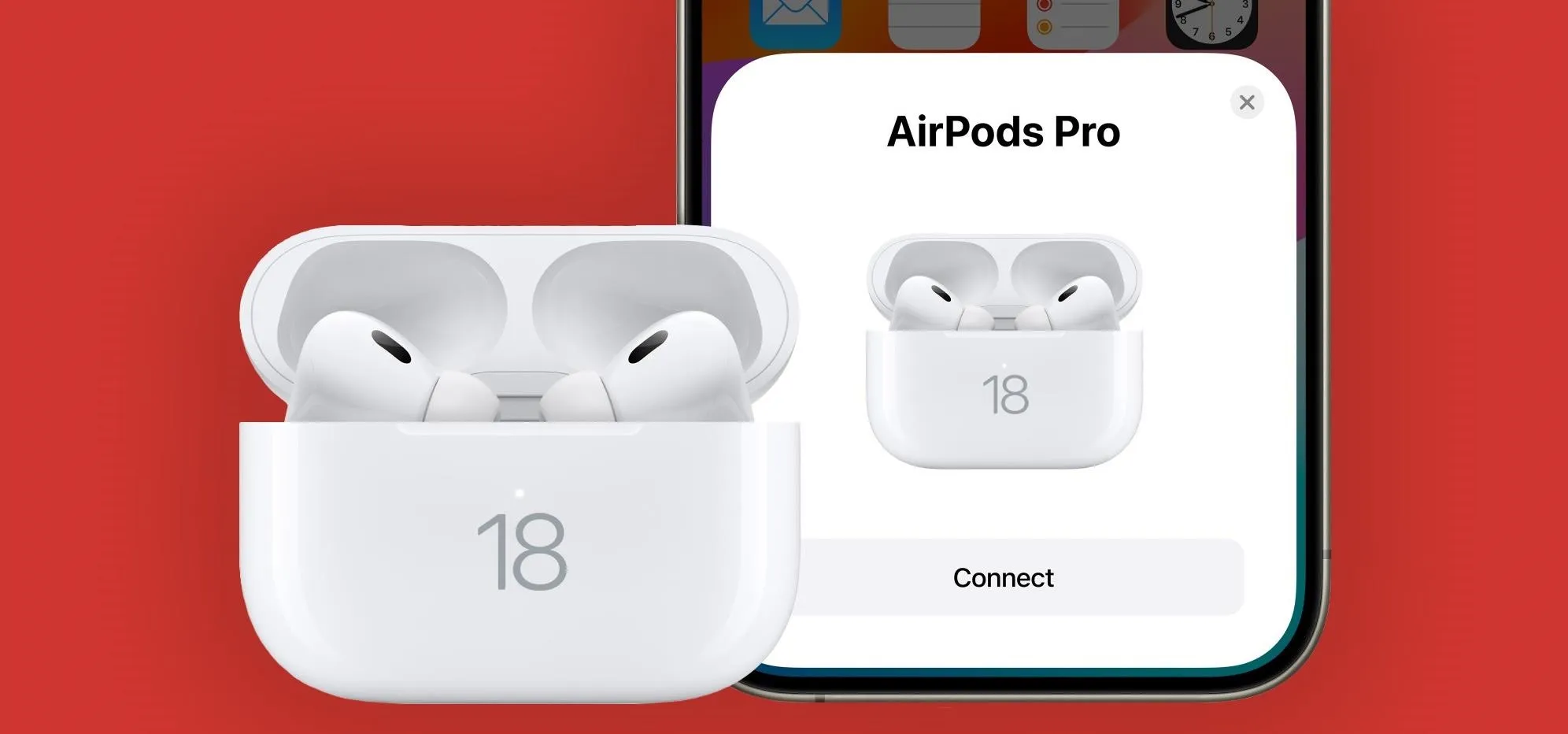
Comments
Be the first, drop a comment!